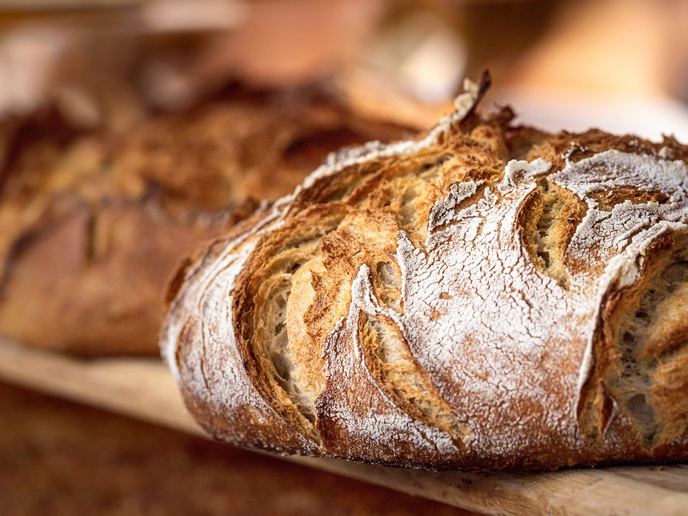Introducing wild survival genes into barley
To capitalise on the genetic products of evolution for survival, the Chromelim project investigated selective elimination of parental chromosomes during the development of hybrid embryos. The team used crosses with Hordeum, a genus that includes commercially grown barley, and Hordeum vulgare (H. vulgare) as well as about 30 species of grasses native to temperate regions. Project scientists assessed the effects of variables such as parental genotype and temperature on chromosome stability and chromatin properties. To do this, they bred hybrids from wild representatives H. bulbosum and H. marinum. Chromelim scientists found that unlike H. vulgare and H. bulbosum hybrid embryos, there was no effect due to temperature on chromosome elimination or retention. When analysed according to genomic in situ hybridisation, all seven chromosomes from each parent were present. At the molecular level, the highly conserved histone H3-like centromeric protein A (CENH3) acts as a regulator of the mitosis-dependent elimination process. The scientists looked at the chromosomes using indirect immunostaining at the 2C stage of cell division, when there are representatives of both parental chromosome groups but they have not yet replicated. Determining the precise activity and location of CENH3 would be a major breakthrough in plant breeding. Chromelim researchers found that in this wild hybrid, there was no major reorganisation of the activity of this key protein. Hybridisation of crops frequently results in loss of the 'nuts and bolts' genes that confer immunity to disease in wild ancestors. Being able to reintroduce these traits would be a major advantage in the plant breeding sector.







